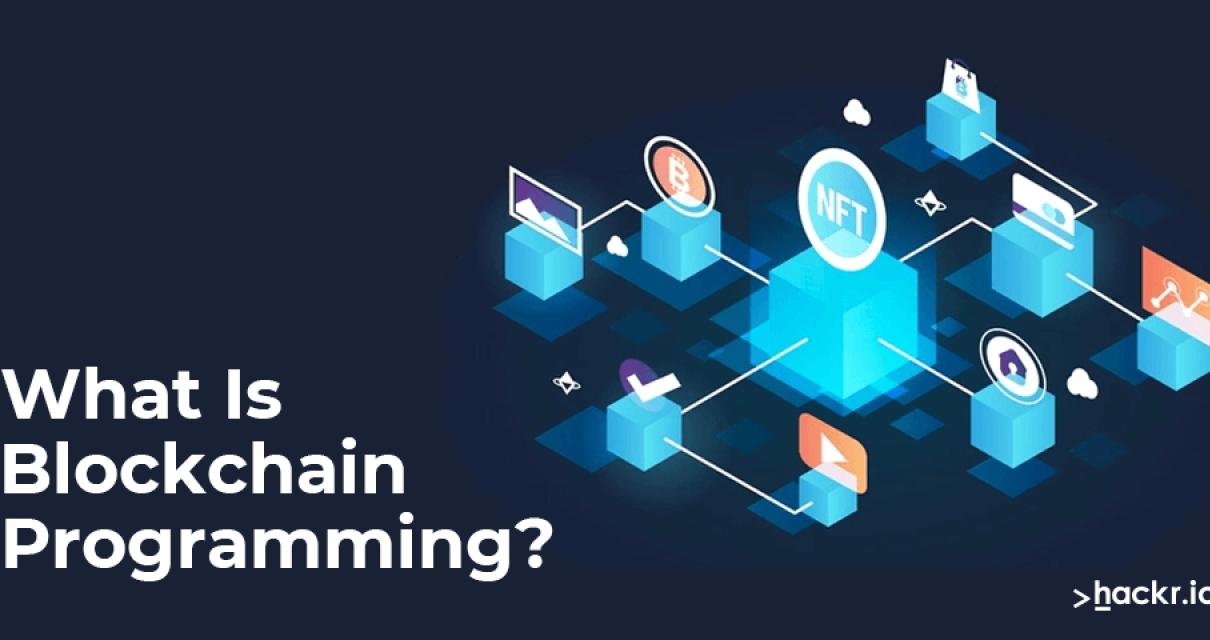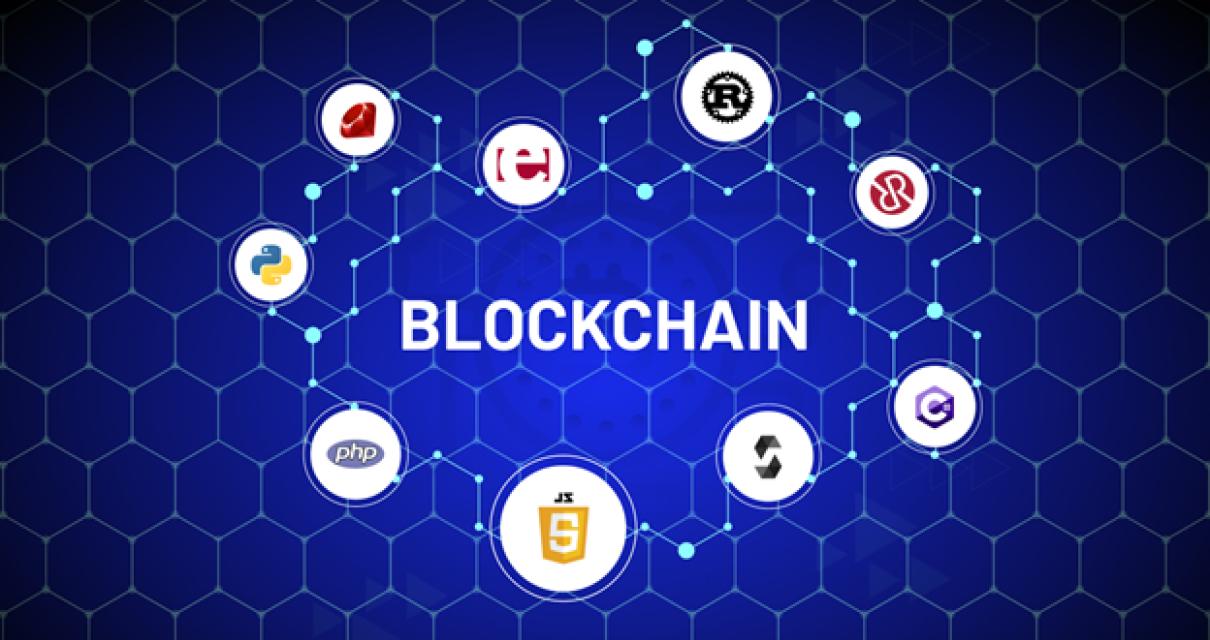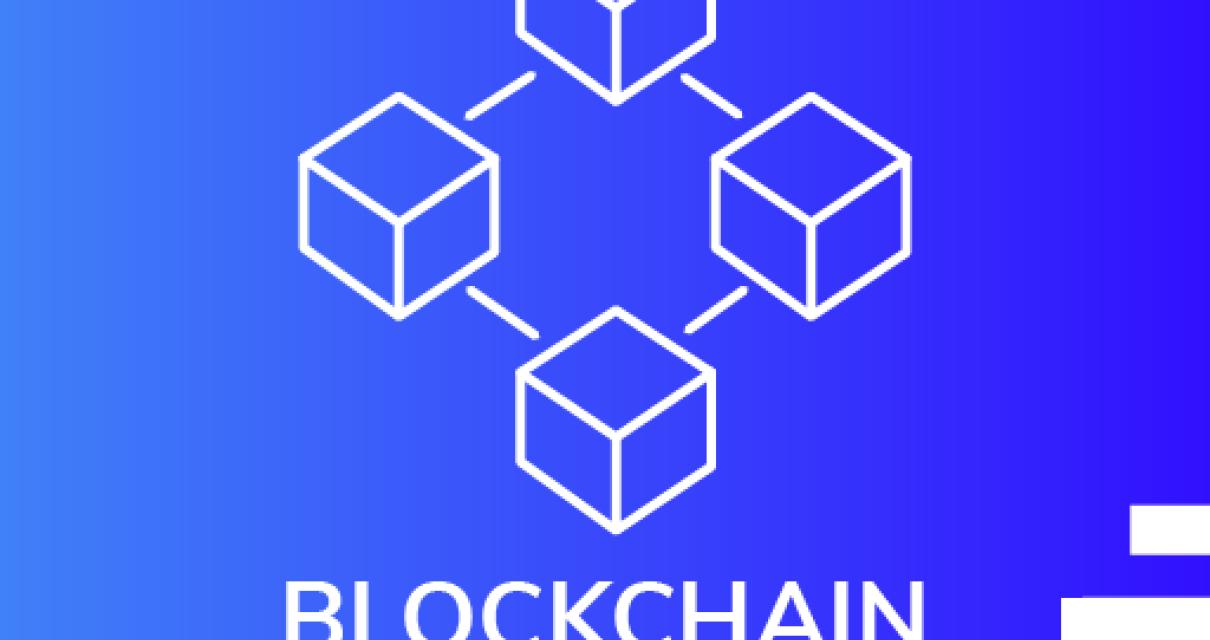Introduction to Learning Blockchain Programming
In this tutorial, we will be discussing the basics of blockchain programming. We will be covering topics such as what blockchain technology is, how it works, and its applications. We will also provide a brief introduction to blockchain programming languages, and discuss some of the benefits that they offer.
What is Blockchain Technology?
Blockchain technology is a distributed database that allows for secure, transparent, and tamper-proof transactions. It was first developed in 2008 as a way to allow for secure transactions between two parties without the need for a third party.
How Does Blockchain Work?
Each block in a blockchain contains a list of transactions that have been carried out between users. These blocks are then added to the blockchain in chronological order, and are permanently stored on the network. This makes it impossible for anyone to tamper with the data contained within a block, as doing so would result in tampering with all subsequent blocks as well.
Applications of Blockchain Technology
There are a number of potential applications for blockchain technology, including but not limited to the following:
The banking sector: Blockchain technology can be used to create a secure and tamper-proof system for recording transactions between banks. This could help to reduce the number of financial crimes that are committed, and could also help to speed up the process of transferring money between banks.
The food industry: Blockchain technology can be used to track the whereabouts of food products from farm to table. This could help to ensure that the food that is produced is safe and of high quality, and could also help to reduce the amount of fraud that occurs in the food industry.
The music industry: Blockchain technology can be used to create a secure system for recording and distributing music files. This could help to reduce the amount of piracy that takes place, and could also help to ensure that copyright holders are properly compensated for their work.
What are some of the benefits of using blockchain programming languages?
One of the benefits of using blockchain programming languages is that they offer a high degree of security. This is because these languages are designed specifically to make it difficult for hackers to tamper with the data contained within a block. Additionally, these languages offer a high degree of transparency, as all data contained within a block is easily accessible to anyone who wants to view it.
What is blockchain programming?
Blockchain programming is a set of techniques that allow you to create programs that are based on the principles of blockchain technology. These programs can be used to create custom applications that are based on the principles of blockchain technology, or they can be used to help to support the operations of existing applications.
The Fundamentals of Blockchain Programming
A blockchain is a distributed database that maintains a continuously growing list of records, called blocks. Each block contains a cryptographic hash of the previous block, a timestamp, and transaction data. To add a new block to the chain, a miner must find a cryptographic hash that is lower than the one on the previous block.
The blockchain is constantly growing as “miners” validate blocks by solving difficult mathematical problems. Once a miner solves a block, they are rewarded with new bitcoin. This system creates an incentive for miners to keep the blockchain honest by ensuring that each block contains valid data.
Blockchains are unique in that they allow two or more parties to negotiate and record a transaction without the need for a third party (such as a bank). Transactions are verified by network nodes and then added to the blockchain. Once a transaction is recorded, it is never erased from the blockchain.
Applications of Blockchain Technology
There are many potential applications for blockchain technology. Some of the most common applications include:
1. Cryptocurrency: Bitcoin, Ethereum, and other cryptocurrencies are built on blockchains. Transactions are verified by network nodes and then added to the blockchain. This system creates an incentive for miners to keep the blockchain honest by ensuring that each block contains valid data.
2. Smart Contracts: Smart contracts are digital contracts that are executed using blockchain technology. Smart contracts allow two or more parties to negotiate and record a transaction without the need for a third party (such as a bank).
3. DApps: DApps are decentralized applications. DApps are built on top of blockchains and use blockchain technology to execute transactions.
4. Data Management: Blockchain technology can be used to manage data. Blockchains can be used to store data records, track data storage usage, and manage data access permissions.
5. Supply Chain Management: Blockchain technology can be used to track shipments and transactions throughout the supply chain. This system can prevent counterfeit products from entering the market and can help to ensure that the right products are delivered to the right customers.

The Benefits of Blockchain Programming
There are many benefits of blockchain programming, including:
1. Reduced Costs and Time to Deploy a Solution
Blockchain technology can reduce the costs and time it takes to deploy a solution. With blockchain, there is no need for a central authority to verify and approve transactions – this is done by a network of computers spread across the globe. This eliminates the need for expensive infrastructure such as servers, data storage, and maintenance.
2. Increased Security and Trust
Because blockchain is a distributed system, it is more secure than traditional systems. Transactions are verified by a network of computers, which eliminates the risk of fraud or cyberattacks. Additionally, because blockchain is an open system, users can trust that the data is accurate and unaltered.
3. Greater Transparency and Efficiency
Because blockchain is transparent, users can see exactly how funds are being used. This increases transparency and efficiency across a variety of industries, such as finance, insurance, and healthcare. Additionally, because blockchain is decentralized, it is difficult to tamper with data. This creates a more secure environment for businesses and individuals.
4. Reduced Costs and Time to Conduct Transactions
With blockchain, transactions are conducted quickly and cost-effectively. This reduces the time and costs associated with conducting transactions, such as processing fees, wire transfers, and third-party intermediaries.
5. Increased Confidence in Transactions
Because blockchain is immutable, users have greater confidence in the accuracy of their transactions. This eliminates the risk of fraud or other types of errors, which leads to increased trust and transparency in the marketplace.
The Risks of Blockchain Programming
There are three main risks associated with programming using blockchain technology: security, scalability, and privacy.
Security
One of the main concerns with blockchain technology is its security. As a decentralized network, blockchain is vulnerable to cyberattacks. In fact, a study published by IBM in 2017 found that more than $1 billion had been lost to blockchain hacking attacks over the previous two years.
Scalability
Another issue with blockchain is its scalability. As the number of transactions processed on a blockchain network increases, the network becomes increasingly congested. This congestion can lead to serious delays in transaction processing, which can have a negative impact on the overall performance of the network.
Privacy
Finally, privacy is another concern with blockchain technology. As a decentralized network, blockchain is inherently confidential. This confidentiality can be a major privacy risk, as it allows individuals to conduct transactions without fear of being traced.
The Future of Blockchain Programming
Blockchain technology is still in its early days, but there are a number of possibilities for its future development.
One possibility is that blockchain technology will be used to create new forms of online voting and governance systems. Another possibility is that blockchain technology will be used to create new forms of online financial transactions. And finally, blockchain technology could be used to create new forms of online identity systems.

How to Get Started in Blockchain Programming
If you want to get started in blockchain programming, there are a few things you need to do. First, you will need to have a good understanding of blockchain technology. Second, you will need to have some coding experience. Finally, you will need to find a blockchain development platform.
1. Understand Blockchain Technology
Before you can start programming for blockchain, you need to have a good understanding of the technology. Blockchain is a distributed database that allows users to track the history of transactions. This makes it a powerful tool for tracking financial transactions and other activities.
2. Have Some Coding Experience
Having some coding experience will help you get started in blockchain programming. Coding is the process of creating software using specific coding languages. This can be helpful if you want to create your own blockchain applications.
3. Find a Blockchain Development Platform
Once you have a good understanding of blockchain technology and some coding experience, you will need to find a blockchain development platform. These platforms will help you build your own blockchain applications.
What You Need to Know Before You Start Blockchain Programming
Before you start blockchain programming, you need to have a basic understanding of blockchain technology and how it works. Additionally, you should be familiar with some of the basics of bitcoin and blockchain programming.
What is Blockchain Technology?
Blockchain technology is a distributed database that allows for secure, transparent and tamper-proof transactions. Transactions are recorded and verified by a network of nodes. Each node stores a copy of the blockchain, which is constantly growing as “completed” blocks are added to it with a new set of recordings.
How Does Blockchain Technology Work?
When you make a transaction on a blockchain, you are essentially sending money from one account to another. Every node on the network is aware of every transaction that has ever taken place on the blockchain, so they can verify that the money being transferred is legitimate.
Bitcoin is the first and most well-known application of blockchain technology. Bitcoin is a digital currency that uses blockchain technology to facilitate transactions. Transactions are recorded in a public ledger called a blockchain. Bitcoin is not backed by any physical assets, like gold or silver, but by trust in the cryptography that underlies it.
What are the Basic Concepts of Blockchain Programming?
When you are learning how to program with blockchain technology, you will need to understand some basic concepts about blockchain programming. These concepts include:
1. What is a blockchain? A blockchain is a distributed database that allows for secure, transparent and tamper-proof transactions. Transactions are recorded and verified by a network of nodes.
2. What are the basic concepts of blockchain programming? When you are learning how to program with blockchain technology, you will need to understand some basic concepts about blockchain programming. These concepts include: a) what is a blockchain? b) what are the basic concepts of blockchain programming? c) what are the basic concepts of blockchain programming? d) what are the basic concepts of blockchain programming?
Tips for Learning Blockchain Programming
There are a few things you can do in order to learn blockchain programming:
1. Check out a tutorial or article on blockchain programming. There are many resources available online, so it is worth search for one that is specific to your needs.
2. Use a blockchain programming tool. There are a number of blockchain programming tools available, some of which are more user-friendly than others. It can be helpful to try out different tools to see which suits your learning style best.
3. Attend a blockchain programming workshop or class. These can be a great way to learn more about the specific subject matter and get hands-on experience with blockchain programming.

mistakes to Avoid When Learning Blockchain Programming
1. Not Taking the Time to Learn the Basics
Blockchain programming is a complex technology that requires a basic understanding of computer science and blockchain technology. If you are not familiar with these concepts, it is important that you begin learning them before you attempt to code on blockchain.
2. Not Understanding the Limitations of Blockchain
When you are learning blockchain programming, it is important to understand the limitations of the technology. Blockchain is not a perfect platform and there are certain limitations that you must be aware of when coding on it. For example, blockchain is not tamper-proof, and it cannot handle large amounts of data.
3. Not Knowing the Best Methodologies to Use
When you are learning blockchain programming, it is important to use the right methodology. There are different methods that you can use to code on blockchain, and you must choose the one that is best for you. Some popular methods include Ethereum, Hyperledger Fabric, and Bitcoin.
4. Not Researching the Right Resources
When you are learning blockchain programming, it is important to research the right resources. There are a variety of resources that you can use when learning blockchain programming, and you must choose the ones that are best for you. Some popular resources include tutorials, books, and video courses.
5. Not Making Progress
If you are not making progress in your blockchain programming, it is important that you adjust your approach. Sometimes, the problem may be that you are not using the right methodology or resources. If you continue to struggle, it may be necessary to seek professional help.
Resources for Learning Blockchain Programming
Blockchain is a distributed database that maintains a continuously growing list of records called blocks. Each block contains a cryptographic hash of the previous block, a timestamp, and transaction data. Bitcoin, the first and most well-known blockchain, was created in 2009.
Blockchain programming can be difficult for newcomers, but there are a few resources that can help. The following are some of the best places to start:
1. The Bitcoin Core documentation website. This website is maintained by the developers of Bitcoin and provides comprehensive information about how to use the blockchain.
2. The Ethereum Foundation website. Ethereum is a different kind of blockchain platform that allows for more complex applications. This website provides comprehensive information about Ethereum and its programming interface, Solidity.
3. The BitShares website. BitShares is another blockchain platform that allows for more complex applications. This website provides comprehensive information about BitShares and its programming interface, Graphene.